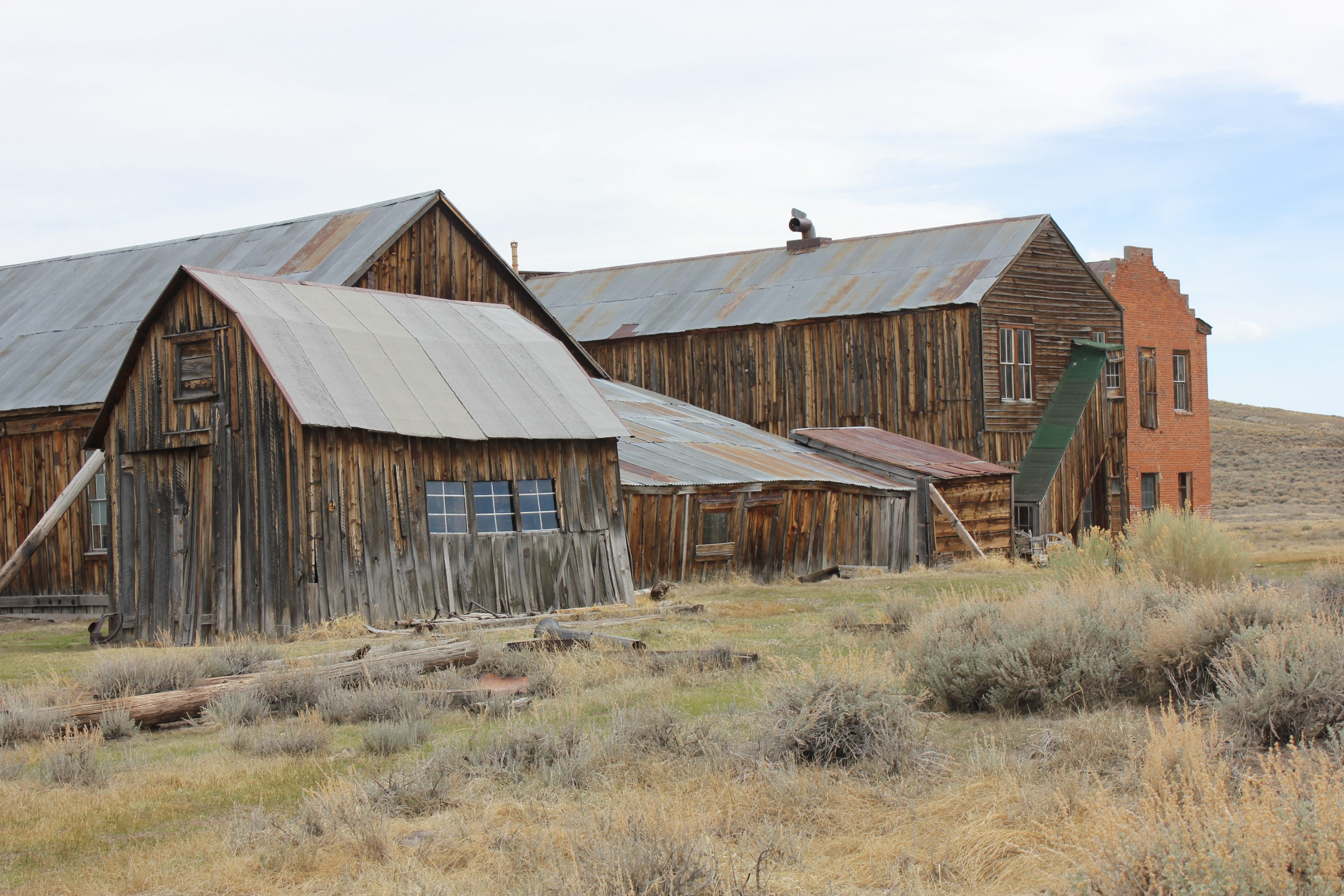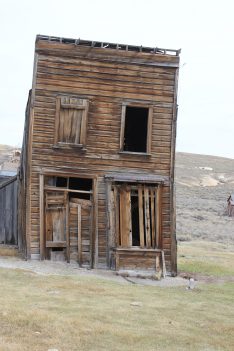WALKING WITH GHOSTS: PART ONE

The story begins in 1848, when William Bodey left his wife and family in Poughkeepsie, New York, and sailed to California on the sloop Matthew Vassar to join the gold rush. At least that’s what the facts seem to indicate, the keeping of detailed records at the time being somewhat less than perfect.

In July of 1859, Bodey and some of his associates discovered gold in a place that became known as Taylor Gulch apparently named after his associate, a half-Cherokee Indian named E.S. “Black” Taylor. But Bodey would have little time to enjoy his new-found wealth. In March of the following year, Bodey and his cabin-mate Black Taylor were returning home from Monoville with supplies, when they were caught in a blinding blizzard. Bodey collapsed. Taylor carried Bodey as far as he could, then wrapped him in a blanket, and continued on to their cabin.
Although Taylor returned that night to get his friend, by the time he got back the snow had piled up over boulders and brush and Taylor was unable to discover exactly where Bodey lay. Bodey’s frozen body wasn’t found until May when the snow had melted. He was buried in a shallow grave in the frozen ground.
Some 156 years later, we ended up in Bodie – the town in the hills of the Eastern Sierras that is named for William Bodey. The name of the town is spelled differently – apparently the result of a mistake by a sign painter. People liked the new spelling, so that’s what the name of the settlement became.
Bodie today is a ghost town – in the real sense of the word – administered as a California State Park, which means you can visit, walk down the same dirt roads that the early pioneers used, and look in the windows of the remaining structures. You can even go into some of the buildings, although access is limited because of the weakened condition of the structures.
There are no phony gun fights in the streets or other wild-west reenactments offered; there are no snack bars or souvenir shops. And if you arrive early in the spring, as we did, you can practically have the whole town to yourself.
Just you and the ghosts of the people who once lived there.
You may not believe in ghosts, but I do. I don’t mean ghosts like in the movies, floating around, causing trouble. But people leave their mark on their world, in the things they build, in the deeds they do. Those actions – their legacies both good and bad – are with us still, as our actions will be for the generations to come.
Orville and Wilbur, Hitler and Stalin, Lincoln and Roosevelt, and the people of Bodie.
As the pioneers of their day dug gold and silver out of the hills around Bodie, the new town prospered and grew – at one point to almost 10,000 people. There were miners, and store keepers, gunmen, gamblers, prostitutes, barkeeps and other characters of the Old West. There was a school for the children, two churches, regular stage service, and freight wagons bringing in supplies and carrying out gold ingots.
In 1879 – 19 years after Bodey’s death – the townspeople found his body where it had been buried, dug it up, and brought his bones back to Bodie to give him a proper burial. The prominent people of Bodie even initiated a fund that would pay for a monument to mark Bodey’s grave. But when President James A. Garfield was assassinated 22 months later, that money was redirected to erect a monument to the fallen chief executive instead.
By today’s standards, life in Bodie was both primitive and hard. Babies were born, people worked long days to put food on their tables and to build their town. They lived their lives and they died – sometimes violently. That was the case with Thomas Treloar and Joseph DeRoche, who clashed during a dance at the Miners’ Union Hall on January 15, 1881.
DeRoche danced with Treloar’s wife, and Treloar objected. When Treloar and his wife left the dance to walk home, they were ambushed by DeRoche, who shot Treloar in the head and killed him. DeRoche was soon arrested and put in jail, but it wasn’t long before the 601 vigilante group showed up, took him from his cell and hanged him at the scene of his crime. The 601 name reportedly signified: six feet under, zero trial, one rope.
DeRoche’s last words, according to reports, were “Oh God.” It was a little late for that.
A more humorous quote that made headlines in the frontier papers of the time concerned a young girl, who according to a Truckee newspaper, ended her prayers with the words: “Goodbye, God. We’re going to Bodie.” The Bodie newspaper responded that the youngster had been misquoted. What she actually said was: “Good! By God, we’re going to Bodie.”
The buildings of Bodie are now slowly coming down, ravaged by wind and age, propped up against the elements – in some cases by outside bracing. But if you walk the dirt streets slowly or find a place to quietly sit, it’s not that hard to conjure up the spirits of the hard-working men and women who used to call the town their home.
Times change, but those folks back then, the ghosts of Bodie, were not that different than we are today. People trying to get ahead, to raise and support their families, and make the best of the world into which they were born.
– George Lee Cunningham
To get to Bodie, and commune with the spirits of its now-departed residents, take Highway 395 north past Lee Vining (or if you’re coming from Reno, south past Bridgeport) and turn east on State Road 270. The road is paved for 10 miles, then dirt for three. Bodie is a state park and there is a $7 entry fee for visitors 17 years and up; $6 for those 6-through 16; with children 5 and below admitted for free. Dogs are welcome, but they must be on a leash. Take your own water and food. Look all you want, but don’t take home souvenirs.
For more information: http://www.bodie.com/
